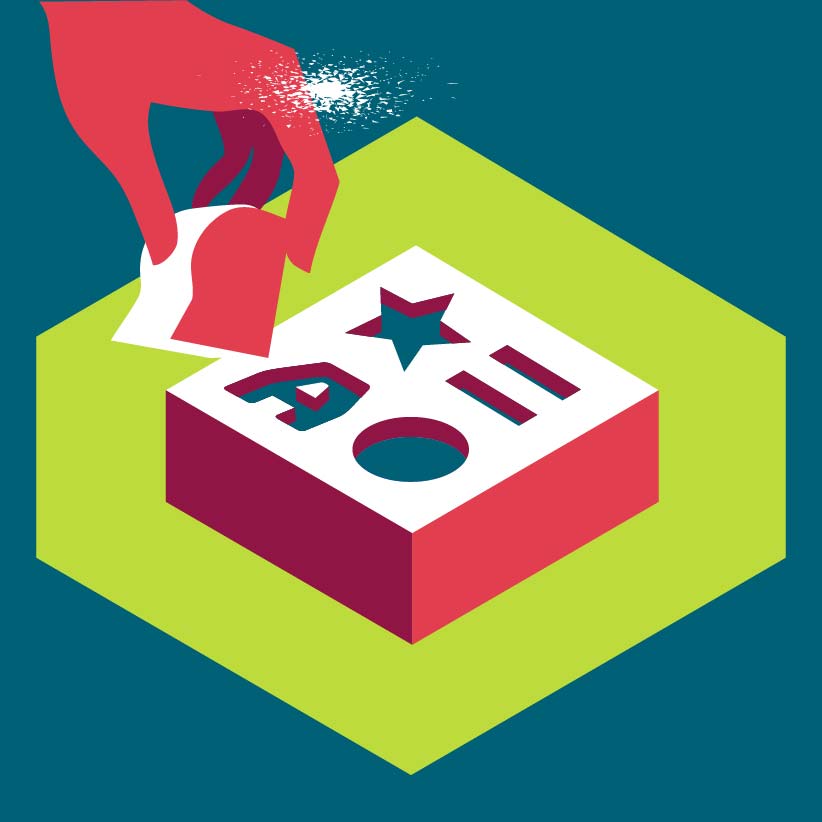Reality of «Reality»
Missing the authenticity of pre-marketing, we have created an equally artificial aesthetic of tradition and handicrafts.


Never before has existed any bakery so authentically rustic as the rustic bread shops now appearing in our cosmopolitan cities. Bread has never been so authentically artesian as the one made industrially by bakery franchises. Every crevice in its crust is perfectly aligned, its impeccable irregularity sculpted by the best 3D design software. Sometimes I believe I can even see a trace of the hand of the artisan himself in the scenographical flour.
But these bakeries have never existed. Starting with certain historical elements, our restless society in its race to modernity has imagined al idyllic past in which wise white-haired bakers sport the smile of a life without stress. And even though the historical reality would confront us with greasy hair with no trace of almond shampoo and a risky life without social security, isn’t it nicer a recreation than reality?
Jean Baudrillard and “hyper-reality”
Last summer I had the opportunity to discover “The Precedence of Feigning”, an essay by Jean Baudrillard, and was shaken learning how accurately he foresees in 1978 some phenomena that today show their extreme grandeur. Baudrillard coined the term “hyper-reality”, meaning “the simulation of something that never really existed”, an imitation that go as far as to free itself from the reality it imitated to exceed and replace it.
Hyper-reality is nowadays so overwhelming as to become invisible to us; is obviously present in theme parks and special effects, but also in supermarket “artisan” potato chips, in “ethnic” shirts made by artisans really willing to wear the Barça Nike jersey, in “worn out” jeans, in the “spontaneous” emotions under the Big Brother cameras, and generally in everything that claims to be “authentic”.
But my soft spot is for the field of food products, as in the hyper-rustic bakery. Oh, that theatrical effect of those old wooden beams that make us forget we are in a concrete building! What determination to make those new tables look old!, Such effort to make us believe that, in spite of selling tons of bread every day, they “select carefully every single wheat seed”! Who cares if our brain tells us everything is just fiction? We’ve have grown accustomed, have stopped thinking about it. Besides, Baudrillard tells us we have come around to prefer hyper-reality to reality. Who wants to see the entrails of the bread industry? Who likes steel tanks or learn about the frustration of a woman physician that had to take the job? As in The Truman Show, we seem to be comfortable in the scenography.
Where did we acquire such devotion for hyper-reality?
Sacralization of reality
Yesterday’s reality was artisans, and today’s is industrial production. Going with the trend of hiding reality under the hyper-real tale of the baker, maybe we hide a certain uneasiness with the historical period we have to live in. Searching for maximum efficiency, our industrial society has sacrificed the human scale and the simplicity of the artisan manufacture, but at the same time has brought the comforts that are now the basis of our lifestyle.
What do you think? Share your comments right now!
Help to spread this article by translating it
Translate to italian
This article does not express the opinion of the editors and managers of FOROALFA, who assume no responsibility for its authorship and nature. To republish, except as specifically indicated, please request permission to author. Given the gratuity of this site and the hyper textual condition of the Web, we will be grateful if you avoid reproducing this article on other websites. Published on 25/09/2013







